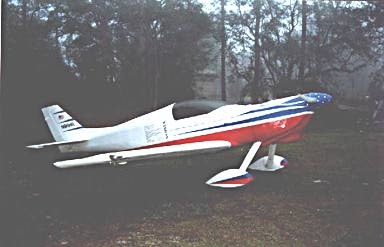September 18, 2020
For this month of September I have been doing some more filling and sanding but this time I have been using 2 part Lightweight Finishing Putty. I really like this product which sets up in 1 hour and can be sanded if you wish. I am using the NAPA product but most all shops sell something like this. I tend to go at finding all spots that need attention mark them with a piece of painters tape and then go after filling the locations. A day later I spend the day sanding down the spots. This routine continued for three weeks until it was good enough for my liking. Of course I was getting very tired of this routine by now. It won't be smooth like factory made skins. The primer/filler is Featherfill G2 lightweight, I find it is going on very nice for me. It is thinned 5% with Acetone using my HVLP gun with a #18 tip. It is leveling and filling holes and scratches as I had hoped. I am going to leave it in primer/filler for quite a long time so I can tackle areas needing more attention even after test flying. Hopefully summer 2021.
Final puttying & sanding










































